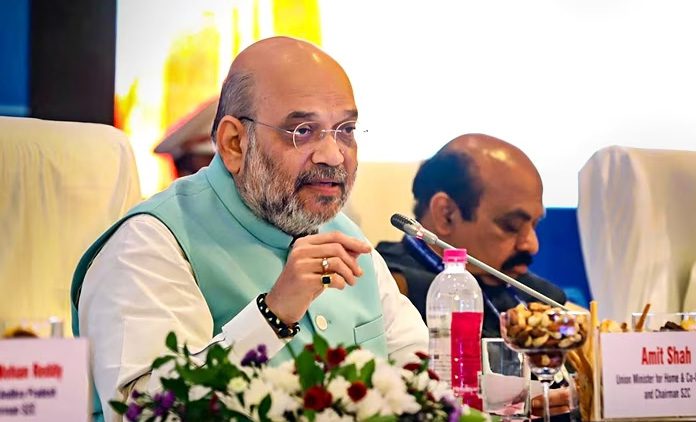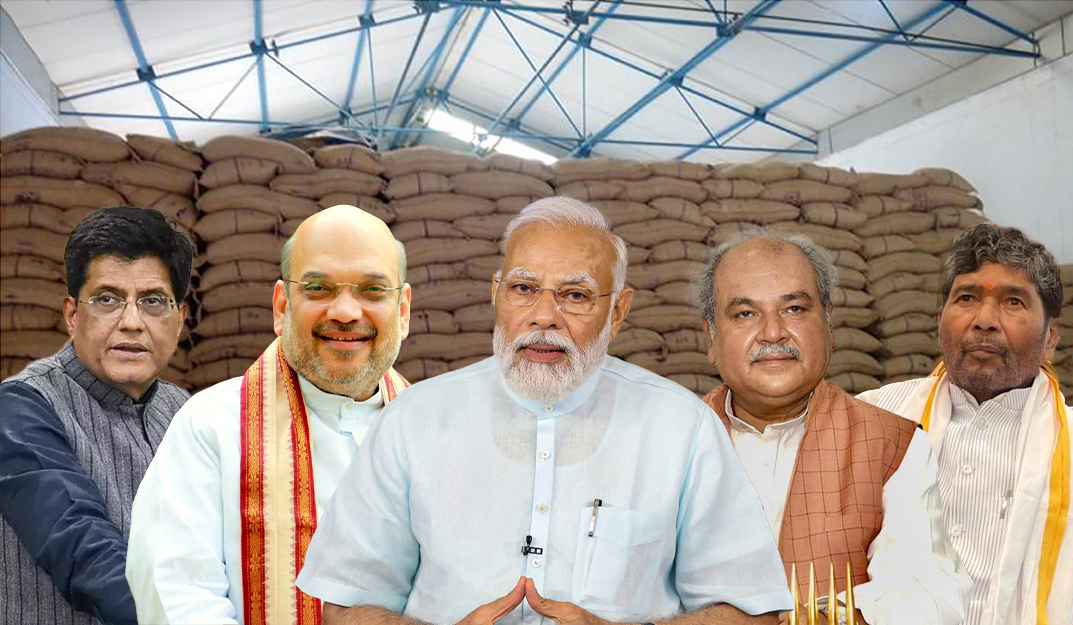India’s food security predicament has long been plagued by inadequate storage infrastructure, leading to devastating post-harvest losses that directly impact farmers and consumers alike. In a bold move to combat this challenge, the government has unveiled the World’s Largest Grain Storage Plan in the Cooperative Sector, a groundbreaking initiative poised to transform the rural landscape.
 At the heart of this plan lies the decentralization of storage facilities. By establishing modern godowns, custom hiring centres, and processing units directly at the Primary Agricultural Credit Societies (PACS) level, the initiative aims to empower rural communities and bridge the crucial gap between farm gates and storage solutions. This localized approach not only reduces transportation costs but also empowers farmers with greater control over their produce, potentially fetching them better prices.
At the heart of this plan lies the decentralization of storage facilities. By establishing modern godowns, custom hiring centres, and processing units directly at the Primary Agricultural Credit Societies (PACS) level, the initiative aims to empower rural communities and bridge the crucial gap between farm gates and storage solutions. This localized approach not only reduces transportation costs but also empowers farmers with greater control over their produce, potentially fetching them better prices.
The financial muscle behind this ambitious plan comes from a strategic convergence of various government schemes. Schemes like AIF, AMI, SMAM, PMFME, and NABARD support provide critical subsidies and interest subventions, making participation more accessible for PACS. Additionally, robust partnerships with NCDC, NABARD, FCI, CWC, and state/UT governments ensure seamless implementation and market linkages.
The anticipated benefits of this plan are multifaceted. By minimizing post-harvest losses, estimated to be around 10-15% annually, the initiative aims to significantly enhance food security and ensure wider availability of essential food grains. Moreover, farmers stand to benefit from improved income through better storage options and potentially higher prices for their produce. PACS themselves are empowered through diversification, gaining additional income streams and establishing themselves as vital players in the agricultural value chain.
On a broader scale, the plan envisions seamless integration with the national food supply chain, ensuring efficient grain movement and distribution. Additionally, by bringing essential agri inputs and services closer to the village level, it aims to create a more robust and self-sufficient rural ecosystem.
While the plan is currently in its pilot phase, with over 2,000 PACS identified across various states/UTs, the initial response has been promising. Construction is already underway at 13 PACS, showcasing the government’s commitment to swift implementation. Furthermore, MoUs signed with various ministries and departments pave the way for full capacity utilization and secure market linkages for stored produce.
The “World’s Largest Grain Storage Plan in Cooperative Sector” represents a paradigm shift in India’s approach to food security. By empowering farmers, strengthening the cooperative sector, and minimizing food wastage, this ambitious initiative has the potential to transform the lives of millions and ensure a more secure and prosperous future for India’s agricultural landscape.




